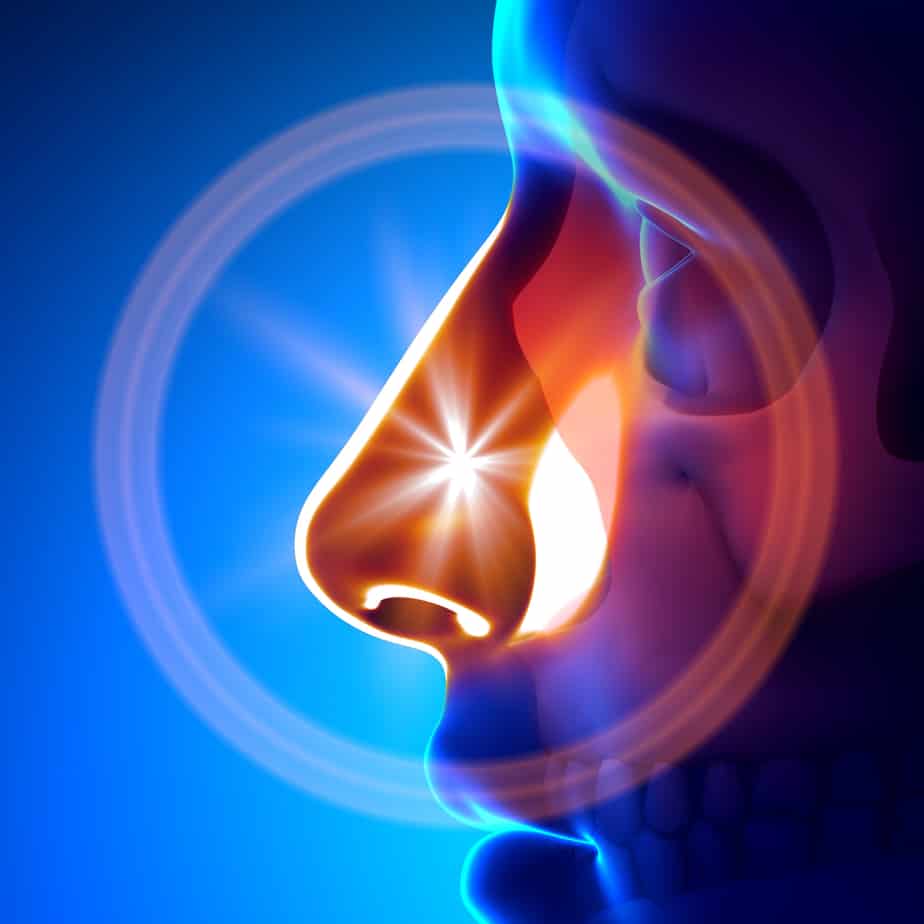
Epistaxis is the medical term for nosebleed. Nosebleeds are very common and you will likely transport a patient with epistaxis occasionally. This article will discuss common causes of epistaxis, field treatment and advanced medical treatment the patient would likely receive at the hospital.
The lining of the nose or nasal mucosa has a rich blood supply from several arteries that enter from above and below the nose. Blood vessels are very superficial under the mucosa and prone to injury. The area of bleeding is usually along the septum, the part in the middle of nose that separates the two sides. When the nasal mucosa is injured either from trauma such as picking or blunt trauma the blood vessels are exposed and bleed. Other mucosal factors include dry air or irritation from upper respiratory infections.
Other factors that cause prolonged epistaxis are clotting disorders due to lack of clotting factors as in hemophilia or low platelet disorders. In addition, hypertension makes nosebleeds hard to stop.
Fortunately most nose bleeds can be stopped by applying pinch pressure to the soft part of the nose with the patient’s head in a slightly forward position while sitting upright. Some services have a clothespin-like disposable device for this purpose. The important and often overlooked part of this procedure is to keep the pressure on for a full 10 minutes before checking for continued bleeding. Once the bleeding is stopped, the patient needs to be observed for a while to ensure bleeding does not recur.
Also, it is important to look at the patient’s throat to ensure blood is not continuing to drain down the throat. I usually recommend the patient apply vaseline with a q-tip just to the entrance of the nose, no further than 3-4mm in beyond the edge. This helps to lubricate and humidify the nasal mucosa. This should be repeated every 12 hours as needed.
For bleeding that continues or recurs in spite of direct pressure, the patient will receive more advanced care at the hospital. The ER doctor will determine which side is bleeding and whether the bleed is coming from the anterior or posterior of the nose. The nose might be packed with cocaine impregnated cotton balls to help vasoconstrict vessels. Then, if possible, the bleeding vessel will be cauterized. In a severe bleed, the nostril is just packed with either Vaseline tape gauze or, more recently, with one of the balloon devices. Rarely it is necessary to send the patient to interventional radiology for intravascular embolization of the bleeding vessel.
In the ER, the patient’s blood pressure will be closely monitored and treated as it is very difficult to stop a nosebleed with elevated blood pressure present.
I think the important points for EMTs are: BSI, ensure an adequate airway and no signs of shock, make an effort to stop the bleeding using constant pressure for a full 10 minutes which can be done while gathering history and during transport, and also check for hypertension. Ask about known medical history such as hemophilia, Von Willebrand’s disease, or HIV. Also ask about medications such as aspirin, or blood thinners such as Coumadin.


